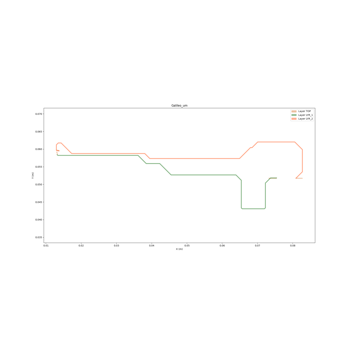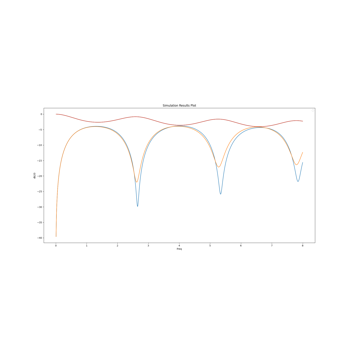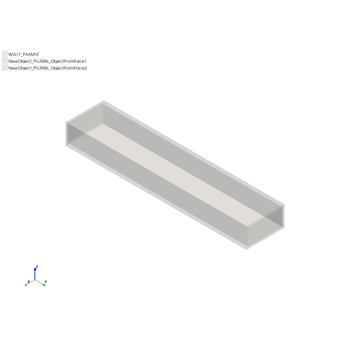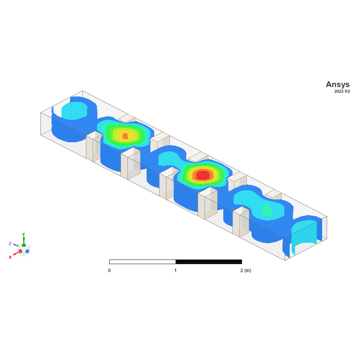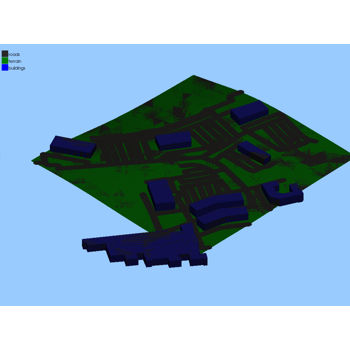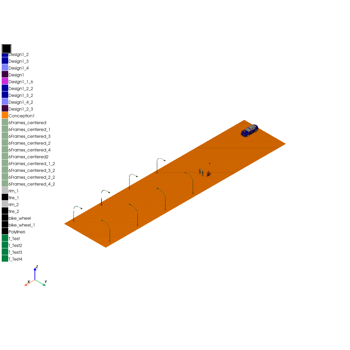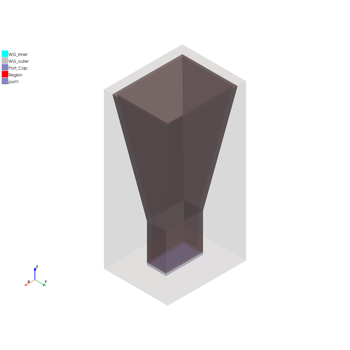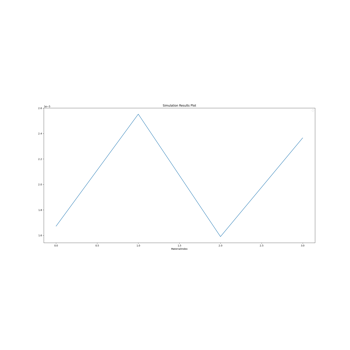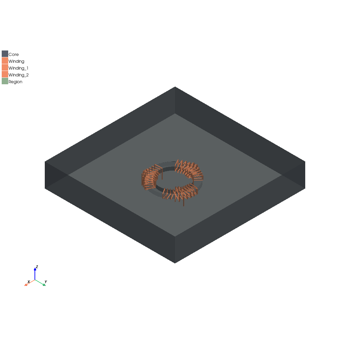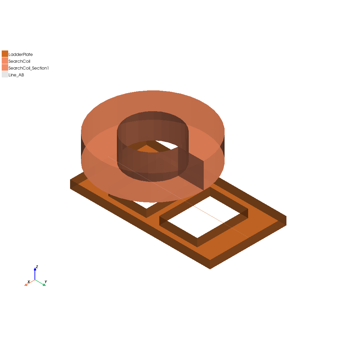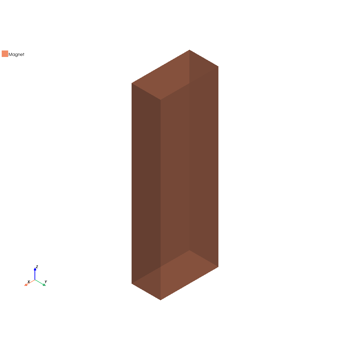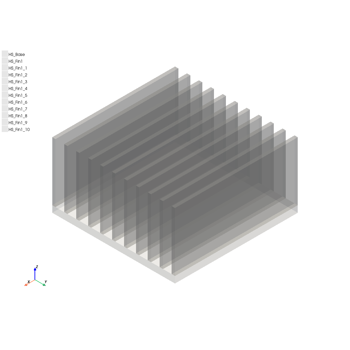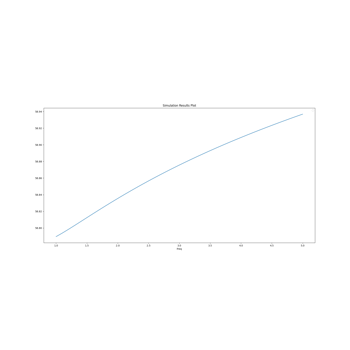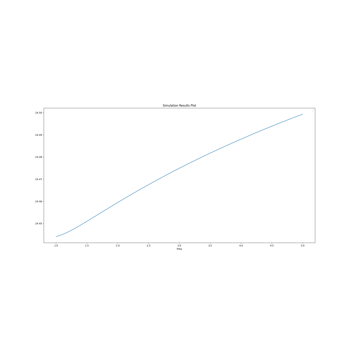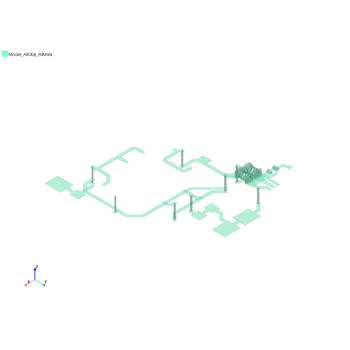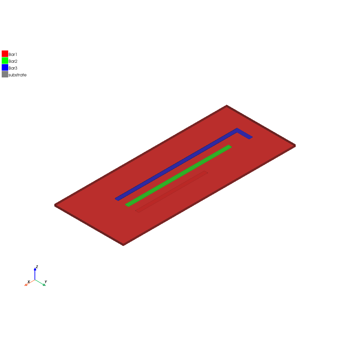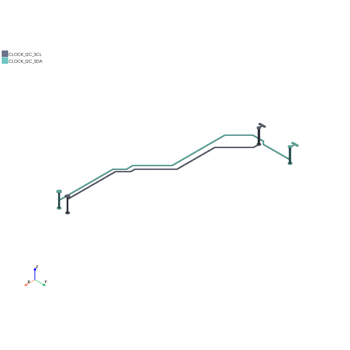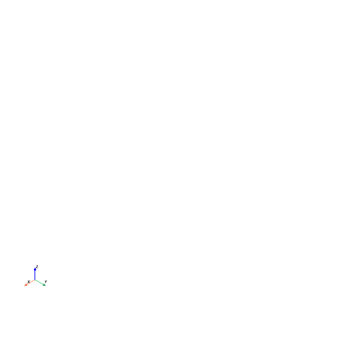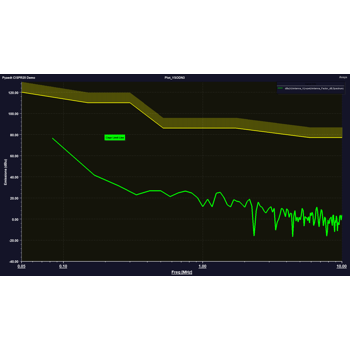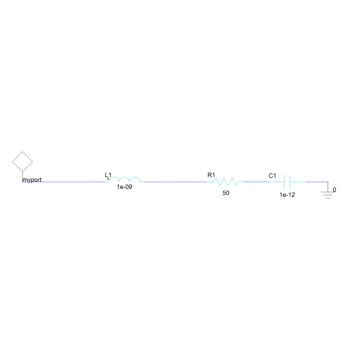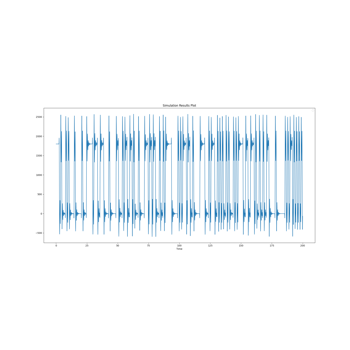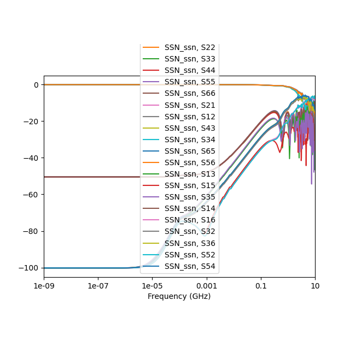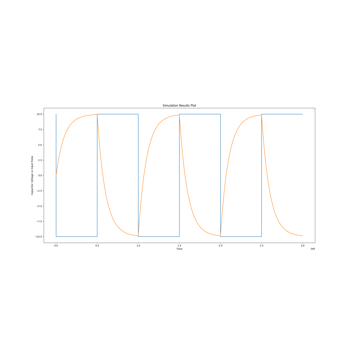Examples#
End-to-end examples show how you can use PyAEDT. If PyAEDT is installed on your machine, you can download these examples as Python files or Jupyter notebooks and run them locally.
Note
Some examples require additional Python packages.
EDB examples#
EDB is a powerful API for efficiently controlling PCB data.
You can either use EDB standalone or embedded in HFSS 3D Layout in AEDT.
The EDB class in now part of the PyEDB package, which is currently installed with PyAEDT and backward-compatible with PyAEDT.
All EDB related examples have been moved
to the Examples page in the PyEDB
documentation.
These examples use EDB (Electronics Database) with PyAEDT.
# Launch the latest installed version of AEDB.
import pyaedt
edb = pyaedt.Edb("mylayout.aedb")
# You can also launch EDB directly from PyEDB.
import pyedb
edb = pyedb.Edb("mylayout.aedb")
HFSS 3D Layout examples#
These examples use PyAEDT to show some end-to-end workflows for HFSS 3D Layout. It includes model generation, setup, meshing, and post-processing.

HFSS 3D Layout: SIwave DCIR analysis in HFSS 3D Layout
General model and setup examples#
These examples use PyAEDT to show some general model and simulation setup features inside AEDT.
HFSS examples#
These examples use PyAEDT to show some end-to-end workflows for HFSS 3D. This includes model generation, setup, meshing, and postprocessing.
SBR+ examples#
These examples use PyAEDT to show some end-to-end workflows for HFSS SBR+. This includes model generation, setup, meshing, and postprocessing.
Maxwell examples#
These examples use PyAEDT to show some end-to-end workflows for Maxwell 2D and Maxwell 3D. This includes model generation, setup, meshing, and postprocessing. Examples cover different Maxwell solution types (Eddy Current, Magnetostatic, and Transient).

Maxwell 2D: PM synchronous motor transient analysis

Transformer leakage inductance calculation in Maxwell 2D Magnetostatic
Icepak examples#
These examples use PyAEDT to show end-to-end workflows for Icepak. This includes schematic generation, setup, and thermal postprocessing.

Icepak: Creating blocks and assigning materials and power

Icepak: Importing a PCB and its components via IDF and EDB
2D Extractor and Q3D Extractor examples#
These examples use PyAEDT to show some end-to-end workflows for 2D Extractor and Q3D Extractor. This includes model generation, setup, and thermal postprocessing.
Multiphysics examples#
These examples use PyAEDT to create some multiphysics workflows. They might use an electromagnetic tool like HFSS or Maxwell and a thermal or structural tool like Icepak or Mechanical.

Multiphysics: Circuit-HFSS-Icepak coupling workflow
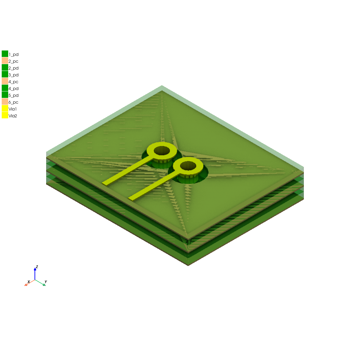
Multiphysics: HFSS-Mechanical multiphysics analysis

Multiphysics: Maxwell 3D - Icepak electrothermal analysis
Circuit examples#
These examples use PyAEDT to show some end-to-end workflows for Circuit. This includes schematic generation, setup, and postprocessing.
EMIT examples#
These examples use PyAEDT to show some end-to-end workflows for EMIT. This includes schematic generation, setup, and postprocessing.
Twin Builder examples#
These examples use PyAEDT to show some end-to-end workflows for Twin Builder. This includes schematic generation, setup, and postprocessing.
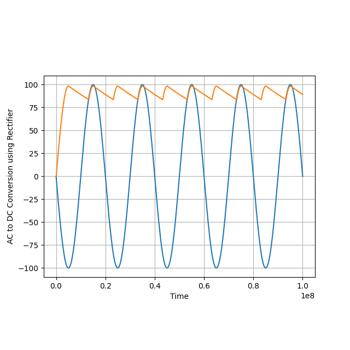
Twin Builder: wiring a rectifier with a capacitor filter

Twin Builder: dynamic ROM creation and simulation (2023 R2 beta)

Twin Builder: static ROM creation and simulation (2023 R2 beta)
